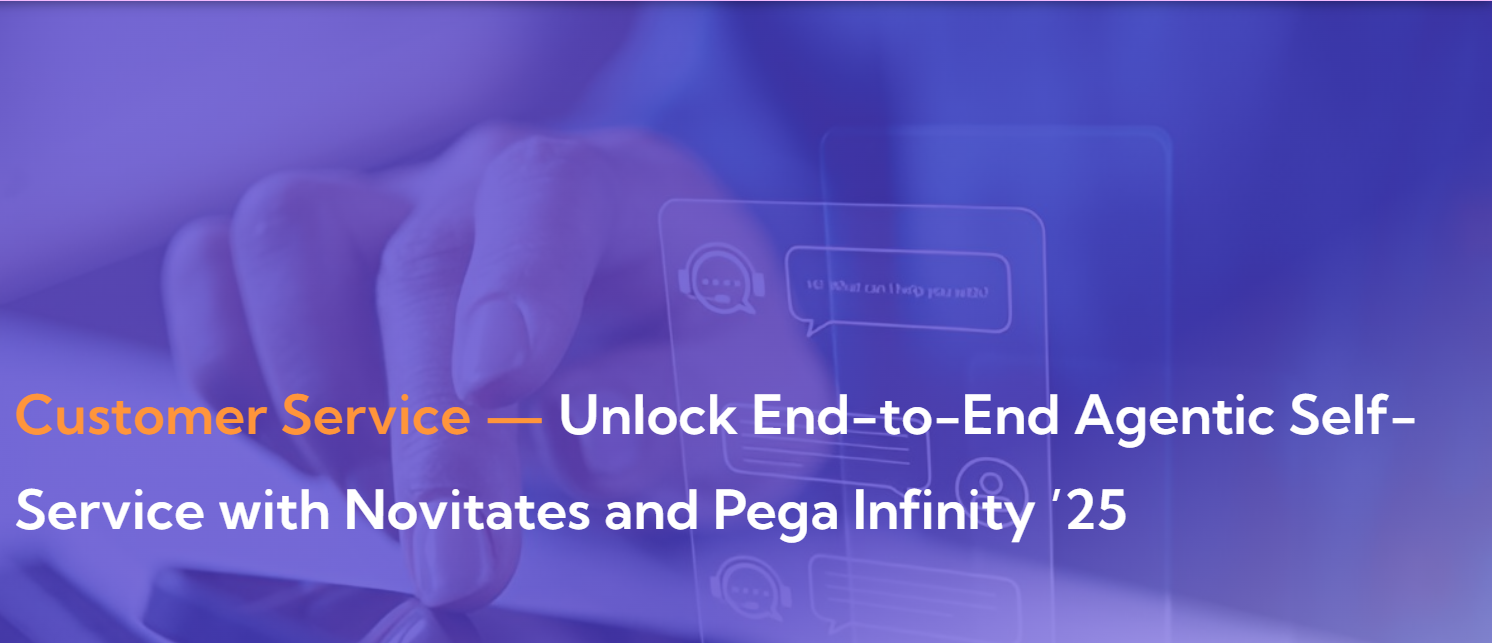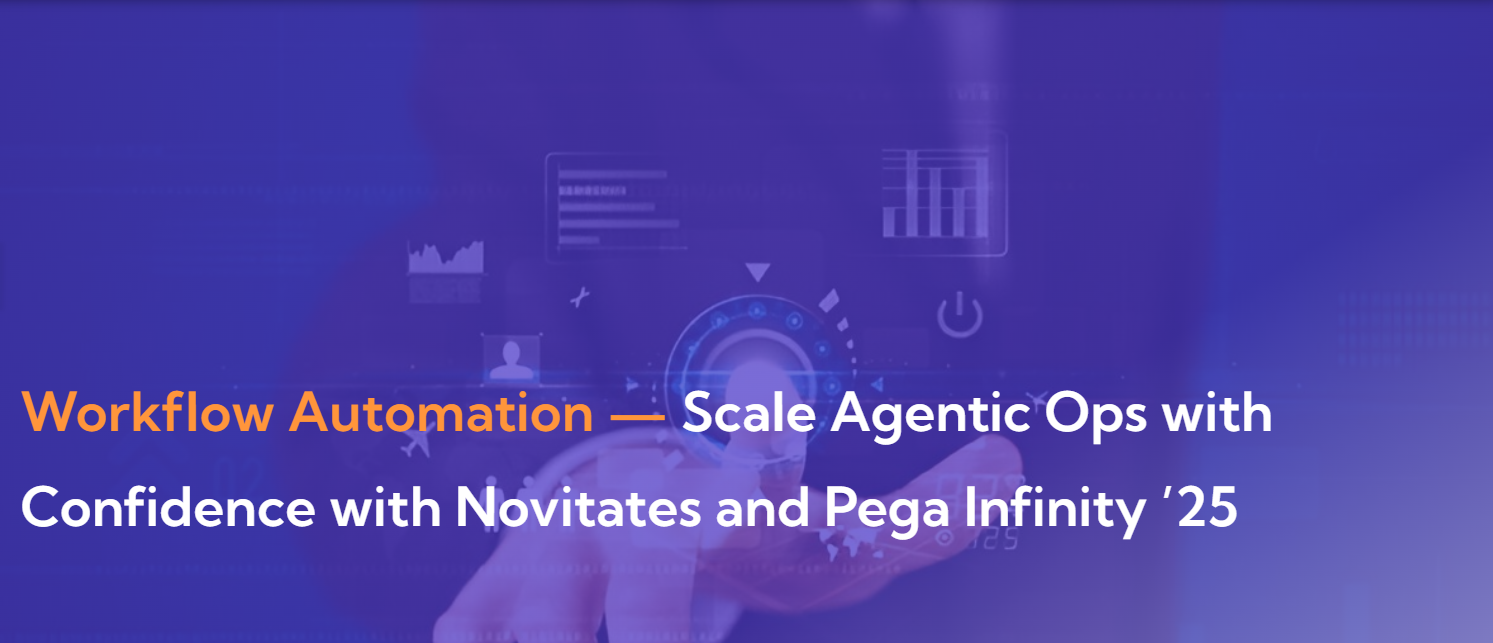Automation has moved from being an operational efficiency tool to becoming the engine of enterprise transformation. In a world where disruption is constant, organizations are no longer asking if they should automate—they are asking how to integrate automation at every level of the business.
From AI-driven creativity to robotic precision on the production floor and digital coworkers in the back office, automation technologies are converging to reshape how enterprises scale, compete, and thrive. The winners in this new era will be those that view automation not as a quick fix, but as a strategic foundation for resilience and growth.
Generative AI: Unlocking Intelligent Creativity at Scale
Generative AI is transforming tasks once thought uniquely human—such as content creation, data synthesis, and customer interaction. The market is expected to surge from $13.7B in 2023 to $165B by 2032 (EY).
Key enterprise applications include:
- Content production and legal drafting with real-time accuracy.
- Automated code generation to accelerate software development lifecycles.
- Hyper-personalized marketing and customer service, powered by large language models.
Generative AI isn’t just about efficiency—it’s about enhancing decision-making and creating experiences that feel more human, at scale.
Industrial Automation: Building Smarter, Leaner Systems
The fourth industrial revolution is driven by automation. Valued at $58.36B in 2022, industrial process automation is expected to grow to $96.06B by 2030 (Next Move Strategy).
Its impact is visible across manufacturing, energy, and infrastructure through:
- Smart sensors and IoT-driven monitoring for predictive insights.
- Robotic assembly lines ensuring precision and quality.
- AI-powered predictive maintenance that reduces downtime.
By embedding automation into industrial ecosystems, enterprises achieve real-time visibility, reduced waste, and faster adaptability to market demands.
RPA: Rewiring Digital Business Operations
If industrial automation is the backbone of factories, Robotic Process Automation (RPA) is the nervous system of digital enterprises. With a projected 39.9% CAGR growth through 2030 (Grand View Research), RPA is revolutionizing back-office operations.
Applications include:
- Automating invoice processing, claims management, and onboarding.
- Enabling IT helpdesk automation for faster resolution.
- Driving compliance with audit-friendly digital logs.
By mimicking human actions across systems, RPA provides enterprises with faster turnaround times, higher accuracy, and resilience against disruption—all without expanding headcount.
The Next Evolution: Cognitive Automation and Digital Co-Workers
Automation is entering a new chapter—where AI and RPA converge to form intelligent, adaptive ecosystems. Forrester predicts that by 2024:
- 10% of operational processes will involve AI-infused digital coworkers.
- Autonomous deliveries will outpace robotaxi adoption, signaling new possibilities in logistics.
- Enterprise software vendors will embed automation directly into core platforms.
This shift means organizations will no longer manage automation as a separate initiative—it will become an embedded capability across all business systems.
Why Automation Matters Now
Automation is not about replacing humans—it’s about augmenting their ability to think, innovate, and deliver. Organizations that embrace automation today are:
- Boosting employee productivity and morale.
- Driving data-driven decisions at enterprise scale.
- Accelerating digital transformation without ballooning costs.
- Building resilience against future disruptions.
The future of work belongs to enterprises that can seamlessly blend human creativity with machine intelligence, creating a workforce that is faster, smarter, and more adaptable.
References:




